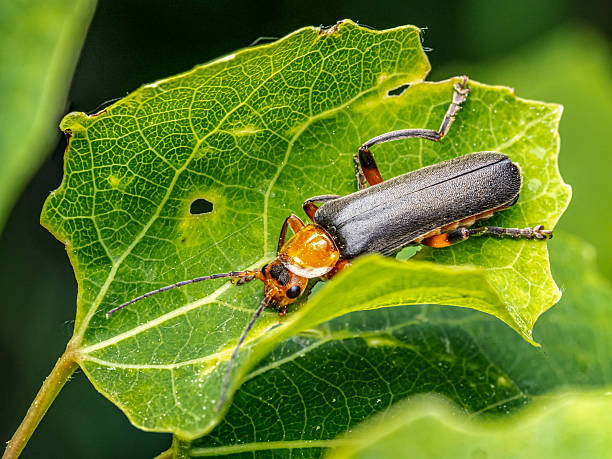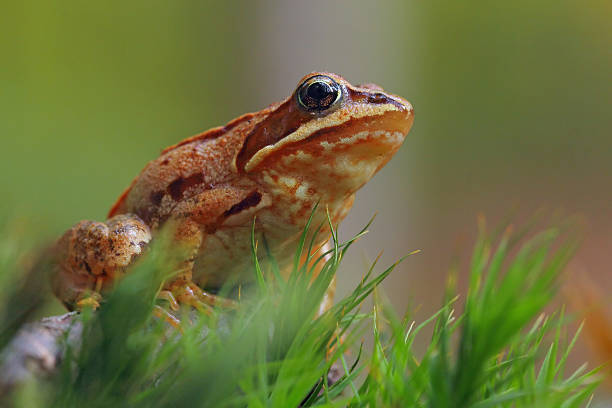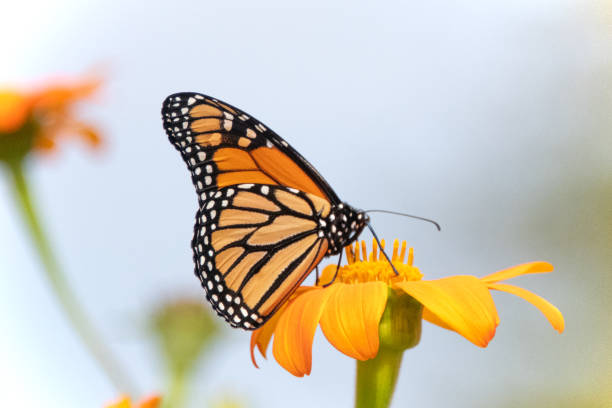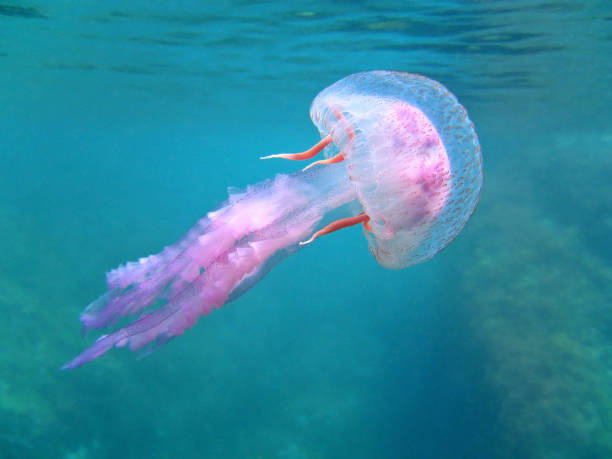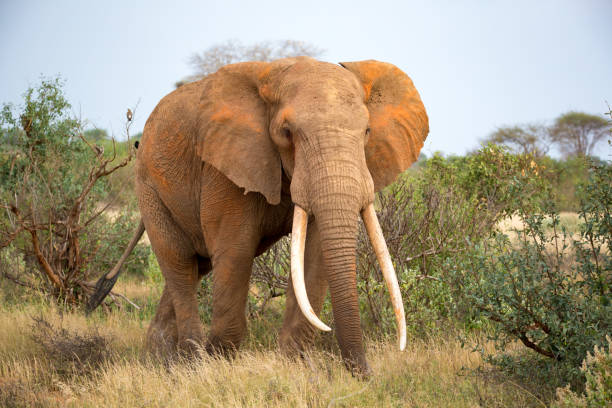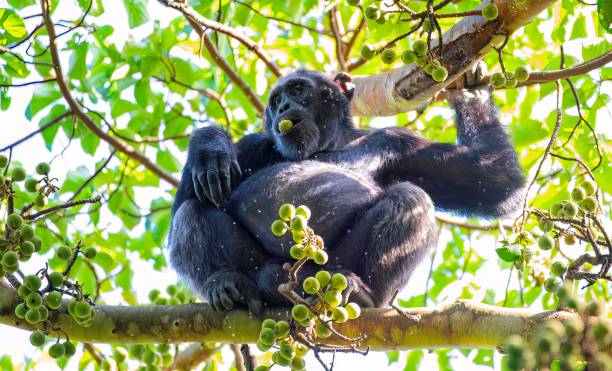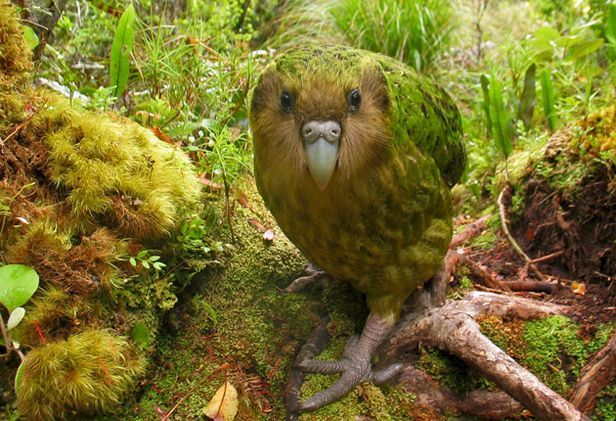The wild is not a place for the faint of heart. It is a realm where beauty and brutality coexist in a delicate balance, where every creature—from the tiniest insect to the mightiest predator—fights a silent, eternal battle to survive. Yet, in this vast and unforgiving theater of life, evolution has gifted animals with extraordinary tools: intelligence, adaptation, and ingenuity.
Every species is shaped by millions of years of trial and error, sculpted by the invisible hand of natural selection. Those that survive are not always the strongest or fastest—but the cleverest. Nature rewards innovation. The more adaptable a creature is, the greater its chance of enduring the endless tests of the wild.
From deceptive disguises to emotional manipulation, from freezing themselves alive to mimicking death, animals have evolved astonishing strategies to outwit predators, capture prey, and withstand harsh environments. Let’s journey into the heart of the wilderness and explore ten of the most brilliant survival strategies ever developed by nature’s most cunning minds.
1. Camouflage and Mimicry – The Art of Vanishing
If there is one skill that defines survival, it is the ability to remain unseen. In the game of life and death, invisibility is often the difference between becoming a meal or escaping one. Across the animal kingdom, camouflage has evolved into a spectacular form of artistry.
Take the leaf-tailed gecko of Madagascar. Its body looks exactly like a dead leaf—complete with veins, decay spots, and even ragged edges. When it presses itself against bark, predators see nothing but forest debris. Similarly, the snowshoe hare changes its coat color with the seasons—pure white in winter to blend with snow, and brown in summer to merge with the forest floor.
Mimicry takes camouflage one step further. Some animals don’t just blend in—they impersonate others. The mimic octopus, found in the Indo-Pacific, is perhaps nature’s greatest impressionist. In seconds, it can shape-shift and color-shift to resemble a venomous lionfish, a sea snake, or even a flatfish, depending on which predator it’s trying to fool.
Insects too, have mastered deception. The owl butterfly, for example, displays giant eye-like patterns on its wings to scare off predators, while the harmless hoverfly mimics the color pattern of wasps to avoid being eaten.
Camouflage and mimicry are more than just visual tricks—they are evolutionary masterpieces of psychology. They exploit the perceptions and fears of predators, turning the prey into illusionists of survival.
2. Playing Dead – The Power of Deception
It may sound like cowardice, but “playing dead” is one of the most ingenious tactics in the animal world. Known scientifically as thanatosis, this behavior can instantly turn a predator’s interest into indifference.
When threatened, the opossum—the famous “playing possum” mammal—collapses, drools, emits a foul smell, and becomes completely limp. To a predator, it appears diseased or dead—hardly worth eating. Once the coast is clear, the opossum quietly awakens and goes about its day.
Certain snakes, like the Hognose snake, perform elaborate death scenes. They flip onto their backs, hang their tongues out, and even release a disgusting odor mimicking decaying flesh. If flipped back upright, they roll over again, determined to look convincingly dead until the danger passes.
Even some beetles, frogs, and birds use thanatosis to fool attackers. It’s not just a reflex—it’s strategic acting. This deception works because many predators lose interest in prey that doesn’t move or seems lifeless, preferring fresh kills over corpses.
Playing dead turns helplessness into cunning. In nature’s drama, even surrender can be a survival weapon.
3. Chemical Warfare – Nature’s Hidden Alchemy
When speed and strength aren’t enough, some animals turn to chemistry. The natural world is full of chemical alchemists that use poisons, venoms, and toxic sprays to deter enemies or capture prey.
Consider the bombardier beetle—a small insect with a weapon worthy of science fiction. When threatened, it sprays boiling hot chemicals from its abdomen in rapid bursts, creating tiny explosions accompanied by a popping sound. The mixture, a blend of hydrogen peroxide and hydroquinone, reaches nearly 100°C, enough to burn or blind attackers.
The skunk, a master of olfactory defense, emits a noxious spray containing sulfur compounds that can cause nausea, blindness, and long-lasting odor. One accurate spray can send predators fleeing in agony.
In the oceans, pufferfish produce tetrodotoxin—a neurotoxin a thousand times more deadly than cyanide. A single pufferfish can kill dozens of humans, yet they carry this toxin naturally as a defense against predators.
On the flip side, some animals use chemical warfare offensively. The cone snail, a slow-moving mollusk, shoots venomous harpoons into passing fish, paralyzing them instantly. Its venom contains a cocktail of hundreds of toxins, each precisely engineered to disrupt nerve signals.
Chemical defense is evolution’s dark art—an invisible, powerful shield that ensures survival through pain, paralysis, or poison.
4. Freezing to Survive – The Miracle of Cryostasis
In the frozen corners of the world, where temperatures drop far below zero, some creatures have evolved to defy death by freezing themselves alive.
The wood frog of North America spends winters entombed in ice. Its heart stops, blood ceases to flow, and its body becomes rigid as a stone. Yet inside, nature works a miracle: glucose floods its cells, acting as antifreeze to prevent ice crystals from destroying tissue. When spring returns, the frog thaws and hops away as if resurrected.
Certain Arctic fish, like the Antarctic icefish, produce antifreeze proteins in their blood to prevent ice formation even when swimming in subzero waters. These proteins lower the freezing point of bodily fluids, keeping them liquid in otherwise lethal environments.
Insects, too, have perfected cryostasis. The Alaskan beetle can survive being frozen solid for months, emerging alive when warmth returns.
This strategy is nothing short of miraculous—a form of suspended animation. It shows that survival isn’t always about movement or strength; sometimes, it’s about waiting. Life, in its most patient form, endures through ice and silence.
5. Distraction and Decoy Tactics – The Art of Misdirection
Some animals survive by outsmarting their predators through clever distraction. Instead of fleeing outright, they use deception and sacrifice to divert attention.
The killdeer, a small bird found in North America, is famous for its “broken wing” act. When a predator approaches its nest, the bird limps away, dragging one wing as if injured. The predator follows the easy-looking prey, only for the bird to miraculously “recover” and fly off once its eggs are safe.
Certain lizards have evolved detachable tails—a brilliant escape trick. When grabbed, the tail breaks off and continues to wiggle violently, confusing the predator long enough for the lizard to escape. Later, the tail regrows.
Marine creatures also excel at this. The sea cucumber can expel its internal organs to distract attackers, later regenerating them. The cuttlefish releases a dark cloud of ink, creating a smokescreen while it slips away unseen.
Distraction tactics reveal a fundamental truth of survival: sometimes, deception is the sharpest weapon. The clever live not by confrontation, but by illusion and agility.
6. Teamwork and Social Intelligence – Strength in Unity
In the wild, cooperation can mean the difference between thriving and perishing. Many animals have evolved social systems that rely on teamwork, communication, and shared responsibility.
Few species exemplify this better than the African lion. While most big cats are solitary, lions hunt in coordinated groups, using strategy and precision. Lionesses flank their prey, ambushing from multiple angles, while others cut off escape routes—a level of coordination that rivals military tactics.
The meerkat, native to Africa’s deserts, lives in tight-knit family groups. While some forage, others act as sentinels, standing upright and scanning the horizon for predators. One warning call sends the entire group diving for cover.
In the insect world, ants and bees take social intelligence to astonishing extremes. Ant colonies function as a single “superorganism,” with each individual performing specific roles—workers, soldiers, queens—communicating through chemical signals called pheromones.
Even dolphins exhibit teamwork in hunting. They herd schools of fish into tight circles, then take turns feeding—an extraordinary display of coordination and trust.
Social intelligence transforms survival from a solo act into a symphony of cooperation. In unity, even the smallest creatures wield the power to outthink the greatest threats.
7. Self-Decoration and Tool Use – Crafting Survival
Humans are not the only toolmakers or artists in the natural world. Many animals creatively use their environment to enhance survival through decoration, disguise, and invention.
The decorator crab collects bits of algae, sponges, and shells, attaching them to its body with tiny hooked hairs. This natural costume blends perfectly with the sea floor, hiding the crab from predators. It even updates its outfit as it grows or as the environment changes—a form of adaptive fashion.
In New Guinea, the male bowerbird builds elaborate “bowers”—intricately decorated nests adorned with flowers, stones, and even human-made objects like bottle caps. While the purpose is courtship, it also reflects problem-solving and environmental awareness—key traits for survival.
Tool use extends to problem-solving. The New Caledonian crow, one of the most intelligent birds on Earth, uses sticks to fish insects out of tree bark. It can even craft hooks from twigs—an ability once thought uniquely human.
These behaviors reveal the deep cognitive layers of evolution. Nature doesn’t just create survivors—it creates innovators, thinkers, and artists.
8. Symbiosis – Survival Through Partnership
Not all survival strategies are about competition. Sometimes, nature thrives through friendship. Symbiosis—the mutually beneficial relationship between species—is one of evolution’s most beautiful outcomes.
Take the oxpecker bird and the rhinoceros. The oxpecker perches on the rhino’s back, feeding on ticks and parasites while warning of approaching danger. The rhino, in return, offers food and protection.
In the oceans, the clownfish and sea anemone form a famous alliance. The clownfish gains safety among the anemone’s stinging tentacles, while the anemone benefits from the fish’s cleaning efforts and nutrients from its waste.
Even microorganisms embody symbiosis. Termites rely on gut bacteria to digest wood, while corals host algae that provide oxygen and energy through photosynthesis. Without these partnerships, entire ecosystems would collapse.
Symbiosis is nature’s reminder that survival is not always a solo journey. Sometimes, the smartest strategy is to build bridges, not barriers.
9. Extreme Adaptation – Living in Impossible Places
Some animals survive not by avoiding danger but by conquering the most extreme environments on Earth.
In the scalding vents of the ocean floor live Pompeii worms, thriving in water hotter than boiling point. Their survival depends on a layer of symbiotic bacteria that protect them from heat.
The camel, master of the desert, stores fat—not water—in its hump, using it as a long-term energy reserve. Its blood cells are uniquely shaped to survive dehydration, and its nostrils can trap moisture during exhalation.
The tardigrade, or “water bear,” is perhaps the toughest creature known. It can survive radiation, vacuum, boiling water, and the cold of outer space by entering a cryptobiotic state—essentially pausing life until conditions improve.
The emperor penguin, enduring Antarctic winters, huddles in tight colonies where individuals rotate positions to share warmth. Each bird’s endurance ensures the survival of the group.
Extreme adaptation is evolution’s ultimate lesson: survival belongs not to those who flee hardship, but to those who master it.
10. Deception and Emotional Intelligence – Outsmarting the Mind
Beyond physical tricks, some animals wield psychological intelligence—the power to manipulate and deceive.
The cuttlefish, with its ability to change color and texture, not only hides from predators but also uses deception in mating. Males sometimes disguise themselves as females to sneak past rivals and court potential mates unnoticed.
The brown capuchin monkey practices social deception, pretending to find food to lure others away from real sources. In studies, some even faked alarm calls to distract competitors from valuable treats.
The orcas, or killer whales, show emotional intelligence on a breathtaking level. They communicate with dialects, teach hunting techniques, and even appear to mourn their dead—signs of deep cognitive and emotional awareness.
Deception and empathy are two sides of the same evolutionary coin. To survive in complex social structures, animals must understand others’ intentions, predict behavior, and adapt accordingly. In that sense, the smartest survival strategy is not merely physical—it is psychological.
The Symphony of Survival
Each survival strategy—whether camouflage, teamwork, or deception—is a thread in nature’s grand design. Together, they form an intricate tapestry of intelligence, creativity, and resilience.
What’s most awe-inspiring is that these behaviors are not random—they are the results of countless generations learning, adapting, and refining their existence. Every move, color, sound, and instinct tells a story millions of years old.
When we look into the wild, we see ourselves reflected. Our own survival—through invention, cooperation, and cunning—is but an extension of these same primal forces. Evolution has taught all creatures, including humans, that survival isn’t about dominance alone; it’s about adaptability, innovation, and balance.
From the frozen frog to the cunning octopus, from the silent gecko to the singing bird, every creature on Earth carries a fragment of nature’s wisdom—a lesson written in bone, blood, and instinct.
And in that silent, endless struggle for life, we discover something profound: survival is not just about living. It is about learning to dance with the ever-changing rhythms of the world—bravely, intelligently, and beautifully.
